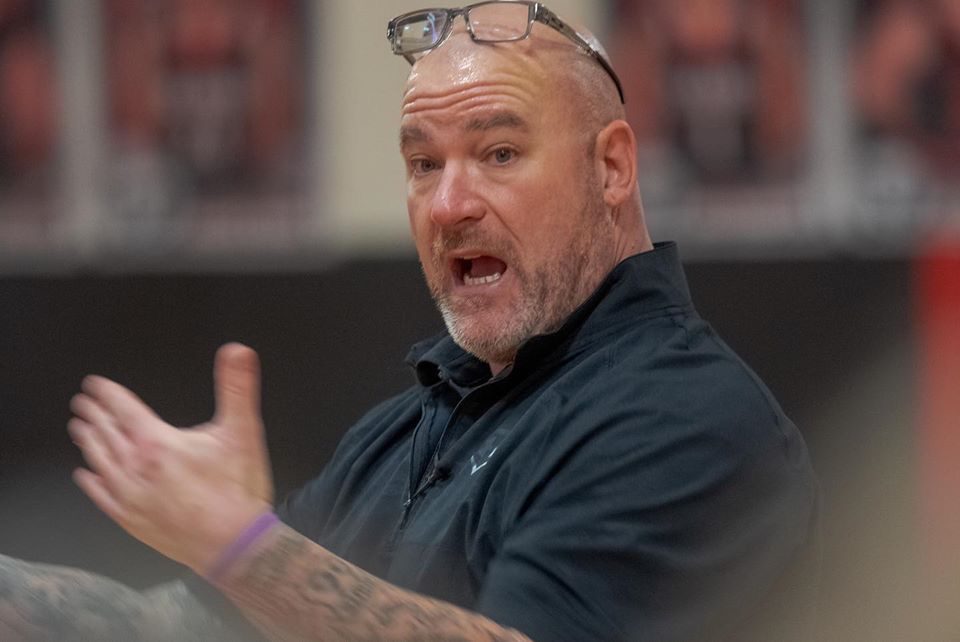High School Student Suicide 48 Hours Before My Visit

On December 14, 2022, I was invited to speak at South Newton High School in Indiana. 48 hours prior to my visit a high school junior had made that forever decision. He committed suicide. Just 48 hours prior to me visiting the school. It was a late Sunday night that he took his life. The […]
Teen Suicide Prevention & Suicide Assessments by Unqualified Mental Health Professionals
Why You’re More Qualified in Suicide Prevention Than Most Mental Health Professionals Yes, you just read that correctly. I’m Jeff Yalden and I’ve been working in Teen Suicide Prevention and Suicide Prevention – Teen Mental Health for nearly 30 years. You’re about to read the lack of suicide prevention training our mental health professionals receive […]
The Speed of Hurt
Teens experience pain as fast as the flip of a switch – and the speed of hurt hits them as swiftly as turning on a light. Often, terrible situations can lead to teen suicide – but we need to be vigilant when observing changes – even small changes – in the behavior of the young […]
Teen Suicide Epidemic . . . Why Teens Commit Suicide
My name is Jeff Yalden. I’m a teen suicide prevention and crisis intervention expert and teen mental health speaker. If you are in crisis or experiencing an emergency, please call 911 immediately – and always remember that it’s OK to ask for help. When a teen makes that that “forever decision” to end his or […]
A Message to the Perry Township Community – Stark County, Ohio
[The Perry Township community is struggling with the losses of four teens to suicide within six months.] Hey, Stark County – Perry High School and Edison Middle School community. My name is Jeff Yalden. I’m a mental health and suicide prevention /crisis intervention expert for teens and young people. Over the past few months, I […]
Tioga, North Dakota: A Community in Pain
[Tioga, N.D. is a rural community struggling with the recent losses of two young people.] Let’s be honest. We are all a mess – and that is the common ground where we must come together and pick each other up. Tioga High School Community. To the friends and family of Trystan and Tanner – to […]
Top Teen Suicide Prevention Expert visits Vanderhoof, BC
Top Teen Suicide Prevention Speaker Visits Vanderhoof, British Columbia Jeff Yalden Galvanizes Nechako Valley Secondary School By Roger Yale for Jeff Yalden, Teen Motivational Speaker Vanderhoof, British Columbia, is a small Canadian municipality nearly a thousand miles north of Seattle. It was the first stop on a two-day speaking trip for North America’s top teen […]

